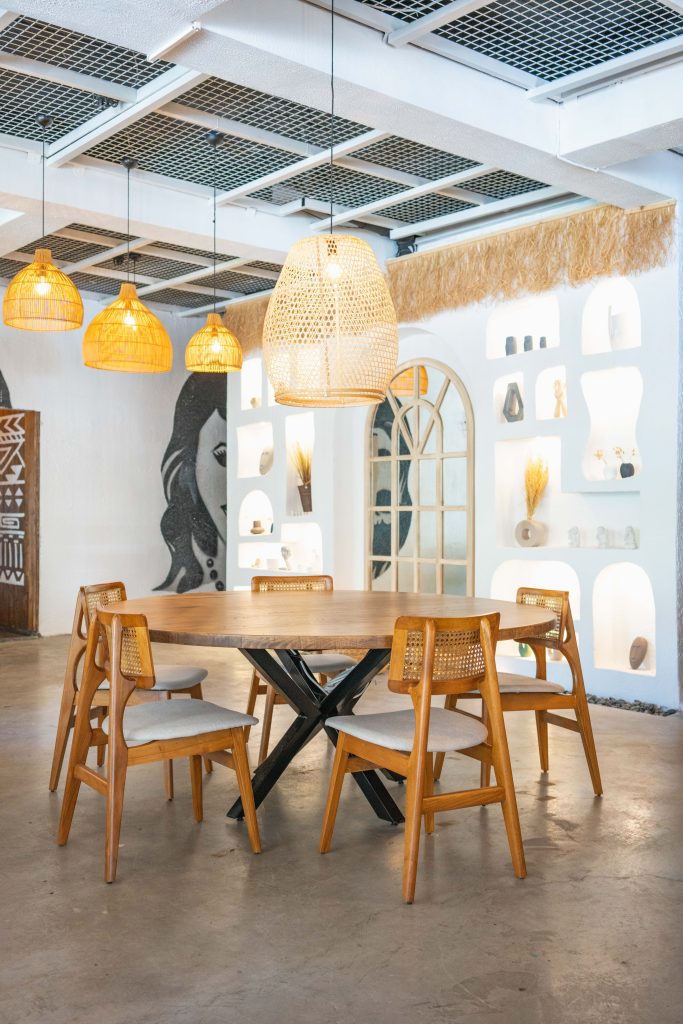In this day and age, your online presence is one of the key places to attract new interior design clients.
Instagram, Facebook, Pinterest, and other social media platforms can be effective for getting new clients for your home decor business if used right. From increasing your brand awareness through engaging content to building closer relationships in your DMs, social media can be a game-changer for business owners, but it’s easy to make mistakes.
Often, we might not even realize that we are gravitating towards errors – and even worse, we can become repeat offenders by making the same mistakes over and over again.
If you’ve ever wondered why you are not attracting more clients through social media or why your content isn’t getting the engagement it deserves, this post will help you identify any red flags in your approach to social media. Plus, how you can improve your social media strategy to make the best impression with your ideal clients.
Disclaimer: This blog post may contain affiliate links and we may earn a small commission when you click on the links or purchase paid products at no additional cost to you. We only recommend products and software we truly believe to be helpful for your business.
5 Common Social Media Mistakes Interior Designers Make
Mistake No. 1: Having no plan and posting on-the-go
The biggest mistake we see interior designers make is not having a plan and posting content whenever they feel like it, regardless of the platforms they are on. This can make your followers feel like they can’t rely on you showing up, resulting in being more interested in other profiles that post regularly.
Now, this is not to say that everything should be preplanned and prescheduled. Life happens, and some events, such as awards won, fun office pictures, surprise visits from industry contacts or other occasions in your area cannot be planned long in advance.
Sometimes, you might be also testing out platforms and still trying to get the hang of how they work. This means you might not be up to speed yet with using some channels as regularly as you would like. We’ve all been there: Trying out an Instagram Reel for the first time, or posting a TikTok video with an effect we haven’t used before.
However, if one of your social media goals is to get new client projects, ad-hoc posting as an only option doesn’t cut it. This approach is just not enough to secure leads and conversions, as there needs to be a steady, regular flow of content to build trust in your brand. Regular posting can also improve your chances of being favored by social media algorithms. If you post more often, people have more chances to see your content and engage with it, which is crucial for the algorithm.
This means you need a deeper thought behind every effort you put in on social media. In other words: You need a solid plan to put you in a better position for social media success.
Not to mention that posting without a plan can lead to a jumble of content that doesn’t appeal to your ideal clients. See it in another way: It’s like designing a room without having a design concept. You might end up with a mixture of colors and styles that simply do not fit together.
Even worse: The whole experience can leave your client feeling underwhelmed and unimpressed, making them wonder about your expertise and if you know what you are really trying to achieve.
Similarly, posting without a social media plan can make your social media followers feel uninspired and not motivated to follow your profile long-term.
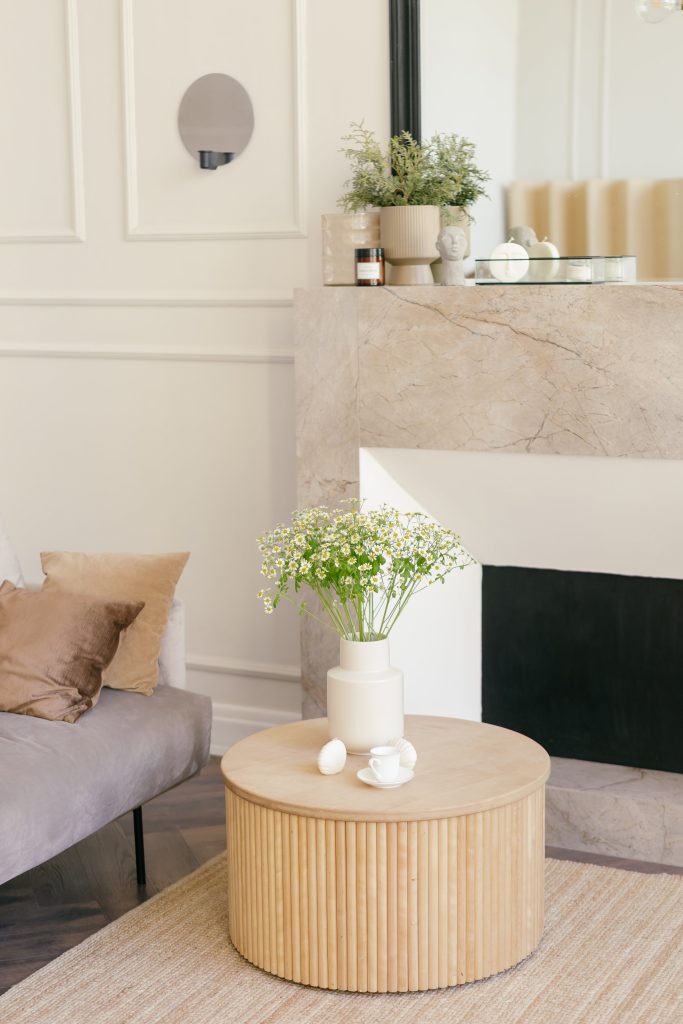
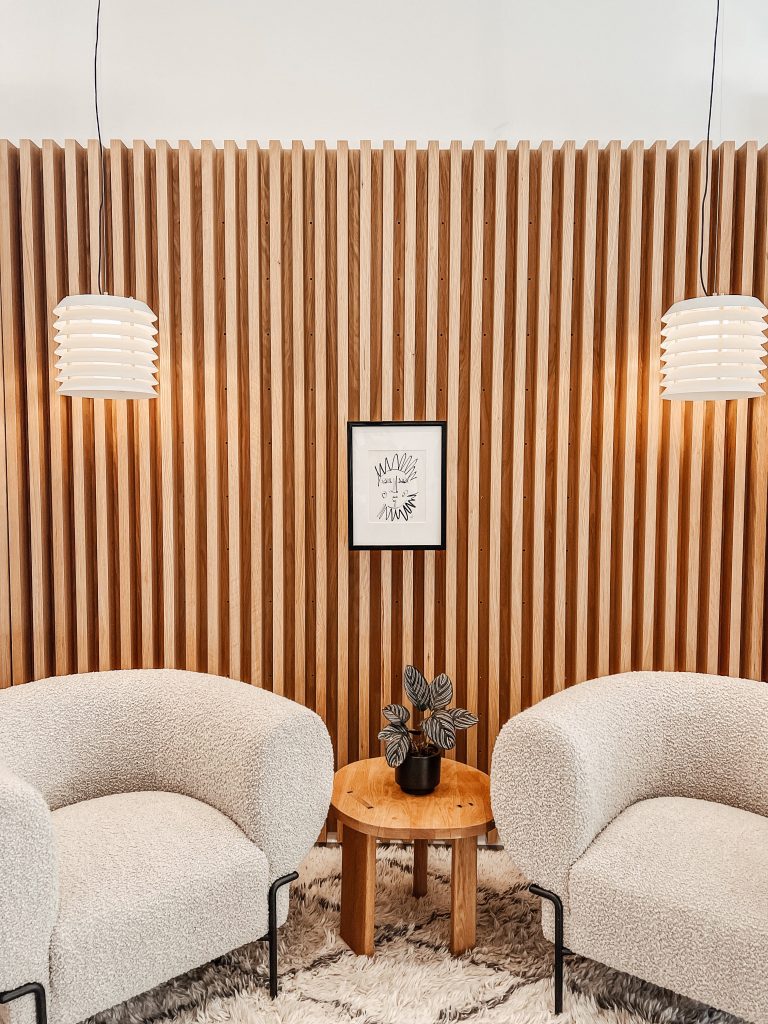

So, here’s what you need to do.
Creating a social media plan that aligns with your business goals will make it more likely that your content will speak to your ideal client and that your profile will grow even when you are busy with other things.
Instagram, and also other platforms, reward consistency. This means consistent posting and also engaging with other users regularly.
To achieve that, your plan should include a content calendar, but also setting aside a portion of your time to do regular engagement relevant to your chosen platform. If you are active on Facebook, this might mean engaging in relevant Facebook groups. If you choose to focus on Instagram, this will mean commenting on other people’s posts.
Your plan should also include the following:
Content pillars and themes for your content – Content pillars make it easy to plan posts that are both on-brand and suited for your ideal clients.
Optimal posting times – posting when most of your audience is online will increase the chances of people seeing and engaging with your content. For some, this might be mid-morning, for others it might be in the afternoon. If you have a Business or Creator account, you can find this data in Instagram Insights.
Roles distribution if you work in a team – such as who will be in charge of creating your social media visuals, writing copy, and scheduling posts.
We’ve been talking about Instagram and Facebook, but there are many other platforms to choose from, which leads us to the second common mistake that interior designers make on social media.
Mistake No. 2: Focusing on the wrong platform and/or trying to be on all platforms
It’s easy to fall into the trap of thinking that you have to be everywhere – Instagram, TikTok, Pinterest, YouTube, Facebook… Especially when you feel that your competition is making a clean sweep on having a presence on every single social media platform in existence.
It’s true that the more platforms you are on, the wider the pool of potential interior design clients you can attract.
However: This is only true if you have a solid presence on those platforms. Posting on Instagram once in a blue moon will not make a difference. Being registered on YouTube and never ever publishing any videos will do nothing for your business. Spending hours on Pinterest every week without actually pinning content will just cost you time that you could have used elsewhere.
So, instead of trying to be everywhere and not actually doing much, a better strategy is to choose one platform that seems to be the best fit and focus your efforts there.
For example, if your target audience is primarily professionals and executives, you may want to focus on LinkedIn, rather than Instagram. Or, if you specialize in virtual design services, Pinterest and Instagram may be better for driving client leads than Facebook.
Maybe none of the social media platforms mentioned above is right for your business. It can be the case that focusing on networking and personal relationships might be the best way to get new clients, and it will be referrals from past clients or your mailing list that will be the biggest lead generator for your business.
If social media is a good fit for your brand, however, prioritize quality over quantity. Focus on creating valuable content tailor-made for that audience and engage with potential clients there.
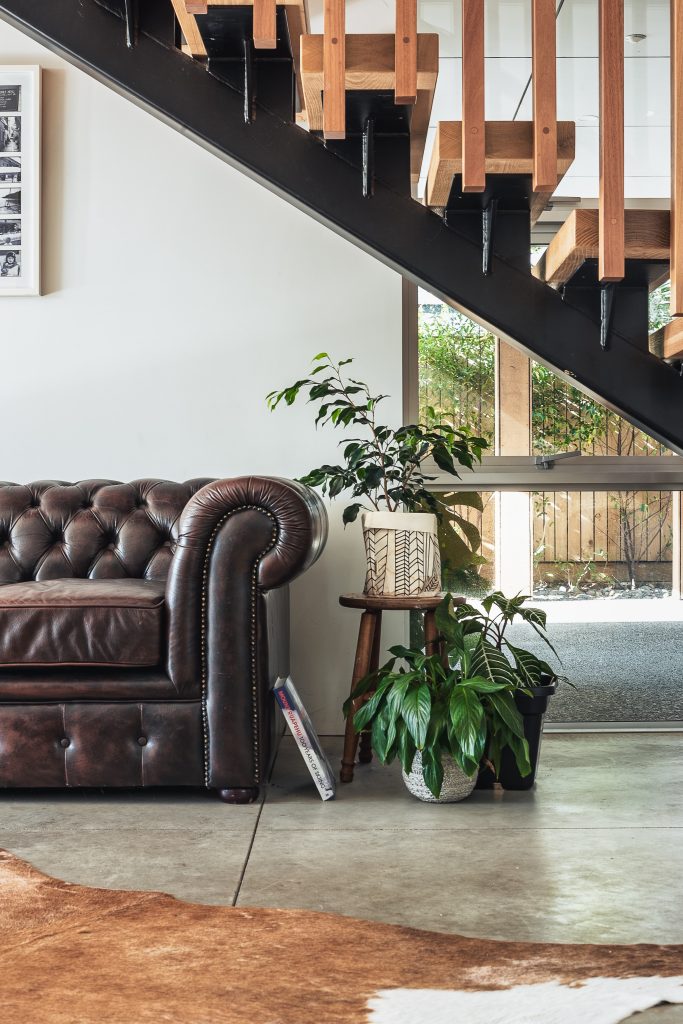

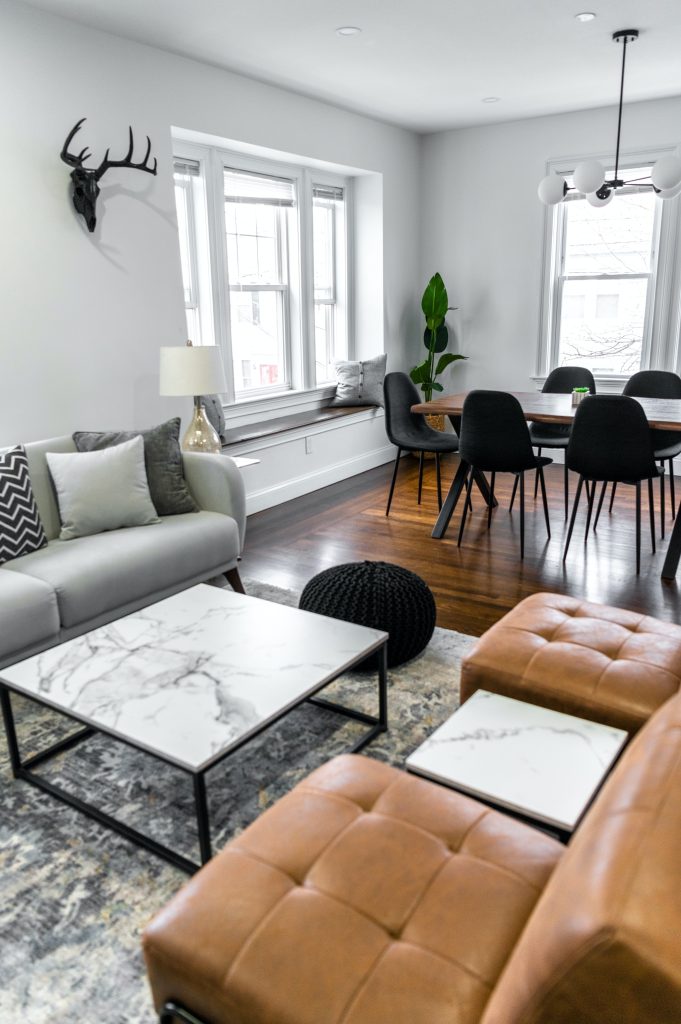
Mistake No. 3: Not knowing who you are speaking to
While trying to speak to everyone to attract as many potential clients as possible might seem like a rational approach, it actually won’t be as effective.
You will likely have more success if you niche down and tailor your content to a smaller group of people with similar interests.
For instance, if you know that your ideal clients are interested in home makeovers, it will be easier to create a tailored content strategy focused on just this topic, rather than trying to split your content between them and corporate clients who want design solutions for their businesses.
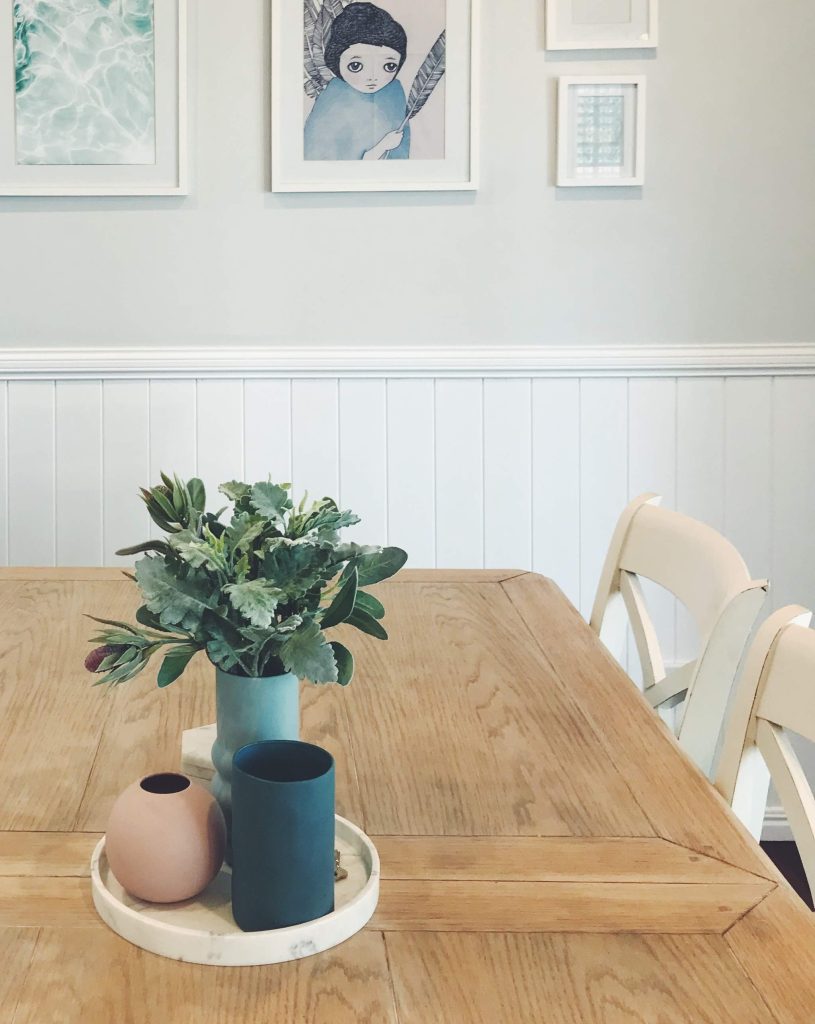
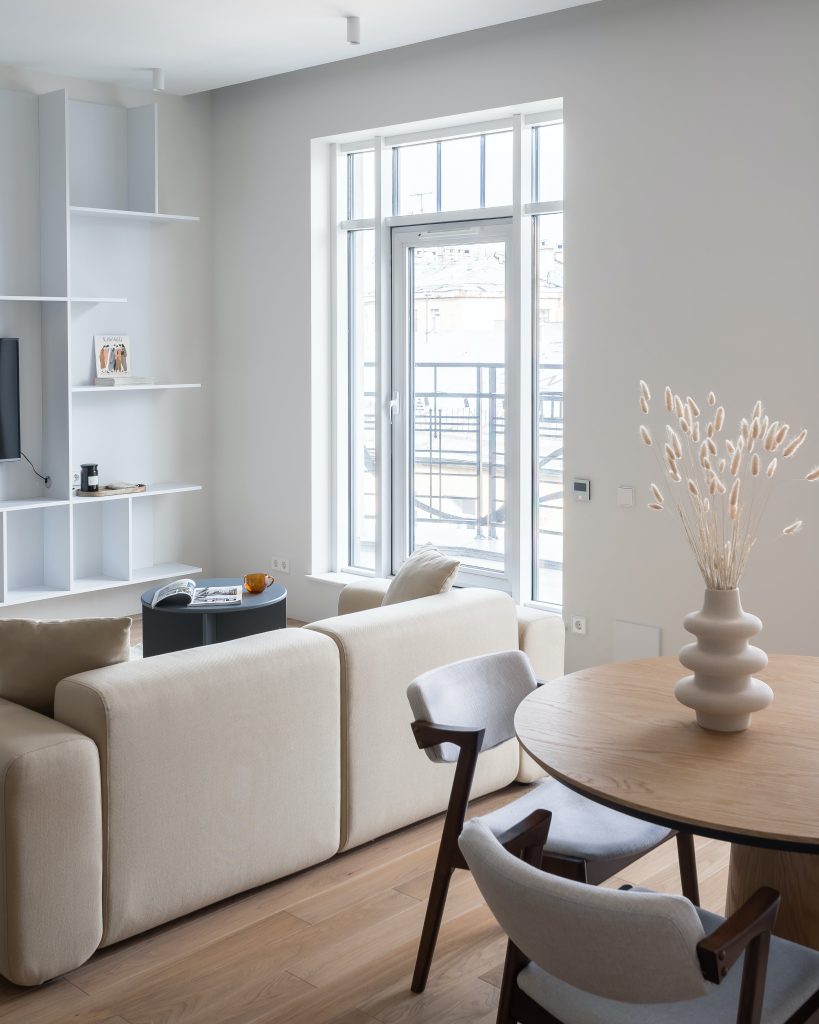
To identify the right audience to focus on, start by creating client personas. These are personas of your ideal clients that include demographic information, their interests, behaviors, and pain points. All this information should help you determine not just what your content should be about but also which platforms they like to be on.
This goes back to the previous point – professionals will be more likely reachable on LinkedIn, while Airbnb owners might be more easily found in specialized Facebook groups.
Once you choose a platform based on the preferences of your audience, use your client personas as a guide for your social media content.
Ask yourself:
“What kind of content would my ideal client find valuable?”
“What are their pain points, and how can I address them?”
“What kind of tone and style would resonate with them?”
Once you can answer these questions, you will have a much higher chance that your content will be well-received and that your followers will want to stick around for more.
Mistake No. 4: Posting content that your ideal client is not interested in
Although it might sound harsh, posting boring content that doesn’t appeal to your ideal client isn’t that uncommon.
The thing is, what you perceive as important to share might not be necessarily what your audience is interested in. So, the mistake you might be making is posting content that you might be interested in, instead of talking about what your ideal clients would want to learn more about.
Your client personas should give you insight into what your audience finds interesting and valuable. For instance, if your ideal clients are owners of short-term rentals, they might want to know how they can increase the daily rate with a better design.
If they are new homeowners, they might have concerns about how to plan a major renovation project. With your content, you can address those fears and help them gain more trust in your expertise when it comes to renovations.
You can also just ask your followers directly to find out what they want to see. This way, you can not just get the answers to your questions, but also boost your engagement and make your followers feel valued and heard.
Mistake No. 5: Lacking patience and giving up too soon
Whichever platform you choose, social media is a long game, even if you have a plan and a solid strategy.
Often, designers give up too soon because they don’t see instant results. Or they claim that social media just doesn’t work for them or that they don’t have enough time for it.
The time issue can be solved by creating a content strategy, as well as batching and planning your content in advance (using social media schedulers like Later, Planoly, or Tailwind) and sticking to your plan.
However, your first step should be setting realistic goals for your social media strategy – instead of wanting to achieve everything quickly, break down your goals into smaller chunks that are achievable with your schedule. For example, post twice a week instead of every day or engage with new accounts for 20 minutes every week.
It might take months, but a consistent approach will give you results. As your business grows, you can outsource some of the tasks or delegate them to someone else on your team.
Don’t forget to track your progress so you see actual data instead of relying on how you feel.
If you look at your profile every day, the progress might seem small. But if you compare your stats month on month, you might be surprised how much things have changed.
Once you start tracking the number of new subscribers, followers, client leads, and other data every month, you can see clearly which things have been working well and which need adjusting.

